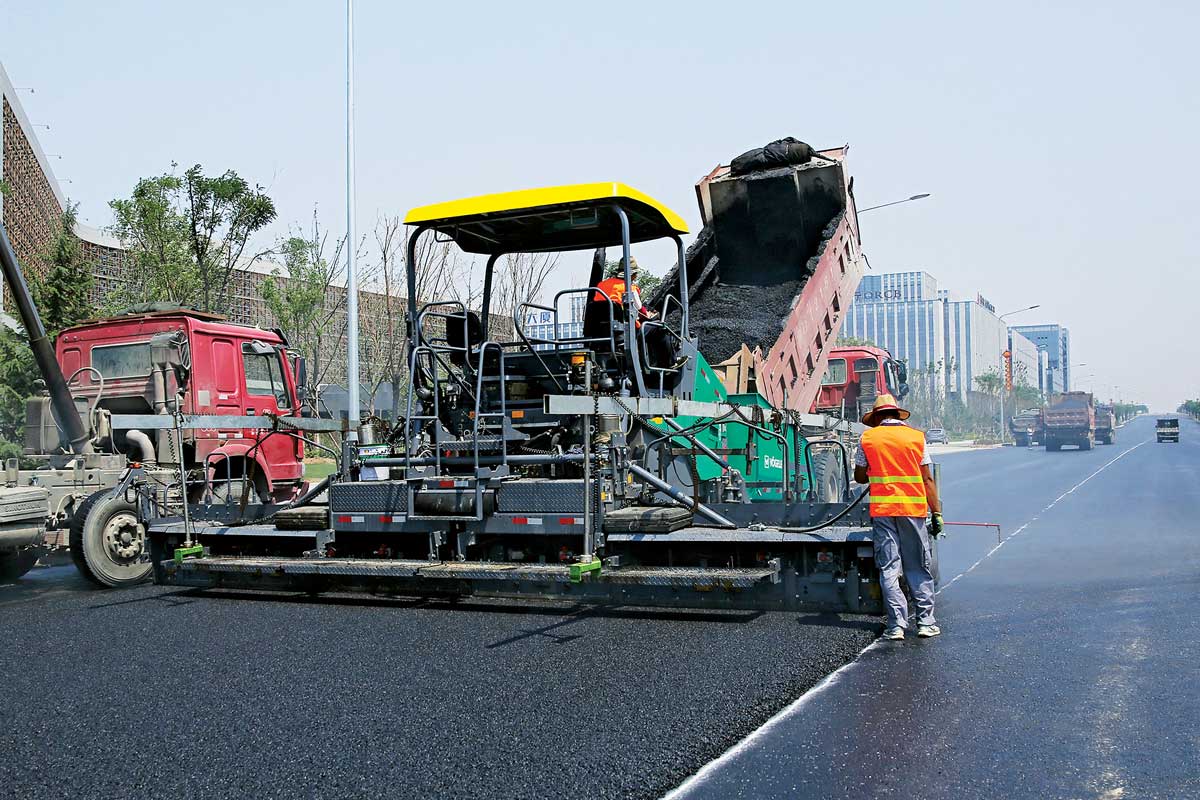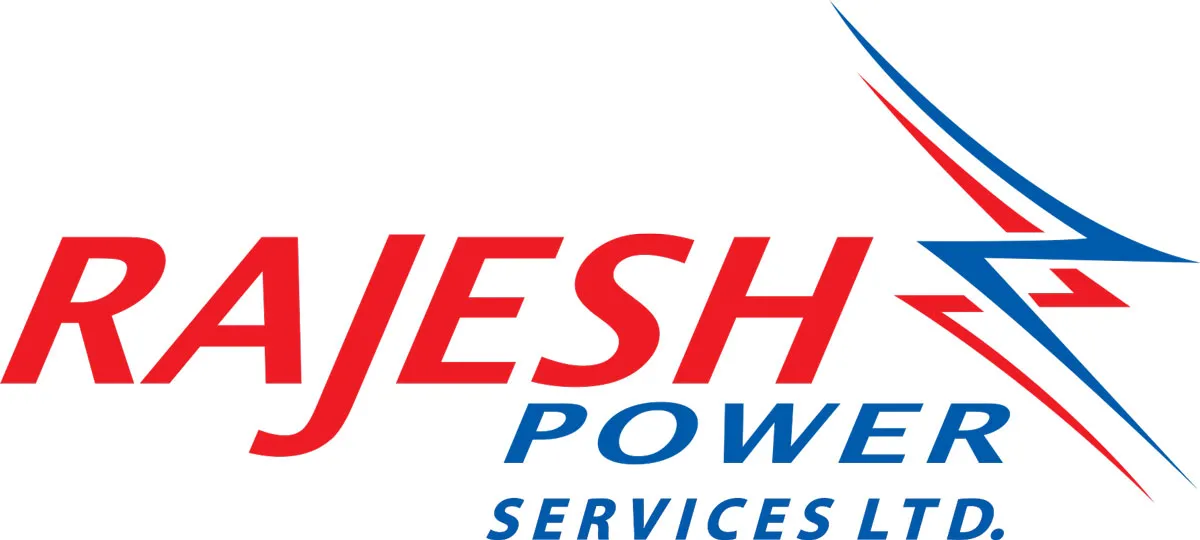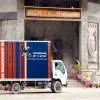The use of concrete in construction has come a long way and, with it, the choice of equipment. “Switching from the use of volumetric batching concrete to weigh batching concrete, from M15 grade concrete to M25 and then to M60 and finally today to the M80 grade of concrete, and also from site-mix concrete to ready-mix concrete (RMC) to self-compacting concrete, has impacted the choice of construction equipment,” observes Suneet Gupta, Concrete Technologist. For instance, he points out: “Concrete used to be transported manually; now it is transported mechanically. Compaction used to be hand-driven; now, it is vibrator-driven. Hand tools used to help finish a job but now finishing is done mechanically. And where self-compacting concrete is used, the role of labour has all but been eliminated with enhancement to the quality of the outcome and speed of work. Taller buildings are necessitating boom pumps and, in turn, these are reducing the role of labour.”Impact of higher gradesRecent revisions to the construction regulatory code, that emphasises durability and quality, and improved access to micro-silica and the newest superplasticisers have popularised M60 and higher grades of concrete [in India], says Mohit Jajoo, CEO, Shubhashish Homes. “To meet these requirements, the demand for machinery producing precise, consistent mixes has increased. In response, producers of concrete equipment have created cutting-edge batching and mixing systems that guarantee the highest level of quality assurance.”Now that high-grade concrete is being manufactured in most metro cities, Anil K Banchhor, Managing Director & CEO, RDC Concrete, points out, “The regular pan-type mixer doesn’t work effectively. High-grade concrete contains a lot of ultrafine materials, mineral admixtures like fly ash and ground granulated blast-furnace slag, necessitating a higher cement weigher capacity in batching plants. Twin-shaft mixers as well as high-capacity planetary mixers are required with bigger cementitious material weighers. So far, only Simem India, Sicoma and Ajax are making planetary mixers of 1 cu m. We need more players to enter this space with higher capacity – 2 and 3 cu m – batch size planetary mixers.”Also, he continues, “The distribution of cementitious materials and the admixture should be at two points instead of only one for better mixing and a shorter mixing time. At present, mixers have only one dispersal point for cement and water. But for faster dispersion, the cementitious materials and water should each get discharged through two points.”Another issue is that concrete tends to stick in the discharge hopper, according to Banchhor. “Concrete discharge hoppers should be made of abrasion-resistant material like hardox so that they don’t abrade quickly and last longer. Also, batching plant manufacturers should provide Teflon sheet liners inside cement weighers, aggregate waiting hoppers and in the sand bin to reduce the abrasion and for better flow.”Operational gapsWe still grapple with the frequent breakdown of essential concreting equipment, particularly pumps and batching plants, rues Anil Reddy, MD, Concorde. “Unfortunately, the challenge is intensified by the unavailability of spare parts locally, necessitating their sourcing from other states, primarily Maharashtra. The absence of local service engineers adds to delays and disruptions. Also, the cost of boom placers is notably high and the acquisition process is cumbersome. Streamlining the material flow process is also essential, as concrete can sometimes be rigid and manual intervention should be minimal.” To address these issues, he proposes transitioning from manually operated batching plants to fully automated ones. “Producing only 36 cu m per hour is insufficient to effectively meet the needs of the market. An automated machine would do better.”To achieve long-term, irreversible improvements in operations, Reddy advocates the introduction of better equipment with enhanced features such as a live monitoring system, GPS in transmit mixers and sensors to ensure the right ratio of ingredients goes into the mix. “Implementing live monitoring of the mixing process is crucial for safety and quality. Establishing routine quality control checks by a trained team would also help. Batching plant operations should prioritise safety, with frequent visits from local licensed authorities to ensure compliance. Incorporating hydro-cyclon sand washers and increasing pump capacity are steps towards efficiency. The frequent calibration of equipment for accuracy and the manufacturing of robust machines is key for efficient production. Additionally, lowering operation and maintenance costs would significantly help.”Printed concreteOf late, 3-D printing of concrete has entered the industry, says Gupta. “L&T made the first such building (a post office) in Bengaluru and is now building five buildings with the technology in Chandigarh. 3-D printing reduces the human resource need to just five or six persons while the building is completed in a matter of days. Of course, specialised printers are needed.”“3-D printing concrete technology is the latest trend in construction technology,” agrees Reddy. He feels this innovative approach is particularly well-suited to affordable housing communities as it delivers cost and time savings compared to traditional construction methods and minimises waste, thereby reducing the environmental footprint of construction projects.Such advancements bode well for the construction industry.




















